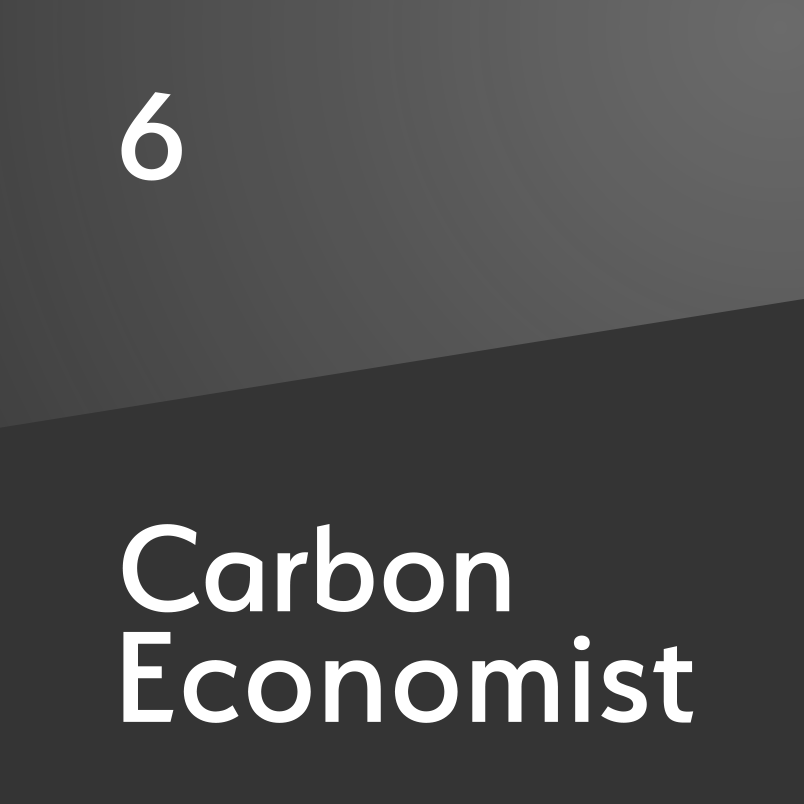Opec starts to ease cuts
The group is seeking to return compliance to 100%, implying a sharp immediate rise in output. But the details are vague
Opec's members are to start raising oil output again, officially aiming to achieve 100% compliance with its cuts and, in doing so, imply the addition of up to 700,000 barrels a day of supply to the market. It marks the beginning of the end of Opec's cuts strategy that began in January 2017, eliminating a global stock excess than lifted prices by about 50%. But the decision left many questions unanswered—confusion that was reflected in a 2% rise in Brent prices, to almost $75 a barrel, on news that had been intended to ease them. The market was expecting more detail. Earlier reports had suggested Opec would agree to increase supply by up to 1m barrels a day. Tehran objected, believing this wa

Also in this section
8 December 2025
The Caribbean country’s role in the global oil market is significantly diminished, but disruptions caused by outright conflict would still have implications for US Gulf Coast refineries
5 December 2025
Mistaken assumptions around an oil bull run that never happened are a warning over the talk of a supply glut
4 December 2025
Time is running out for Lukoil and Rosneft to divest international assets that will be mostly rendered useless to them when the US sanctions deadline arrives in mid-December
3 December 2025
Aramco’s pursuit of $30b in US gas partnerships marks a strategic pivot. The US gains capital and certainty; Saudi Arabia gains access, flexibility and a new export future







